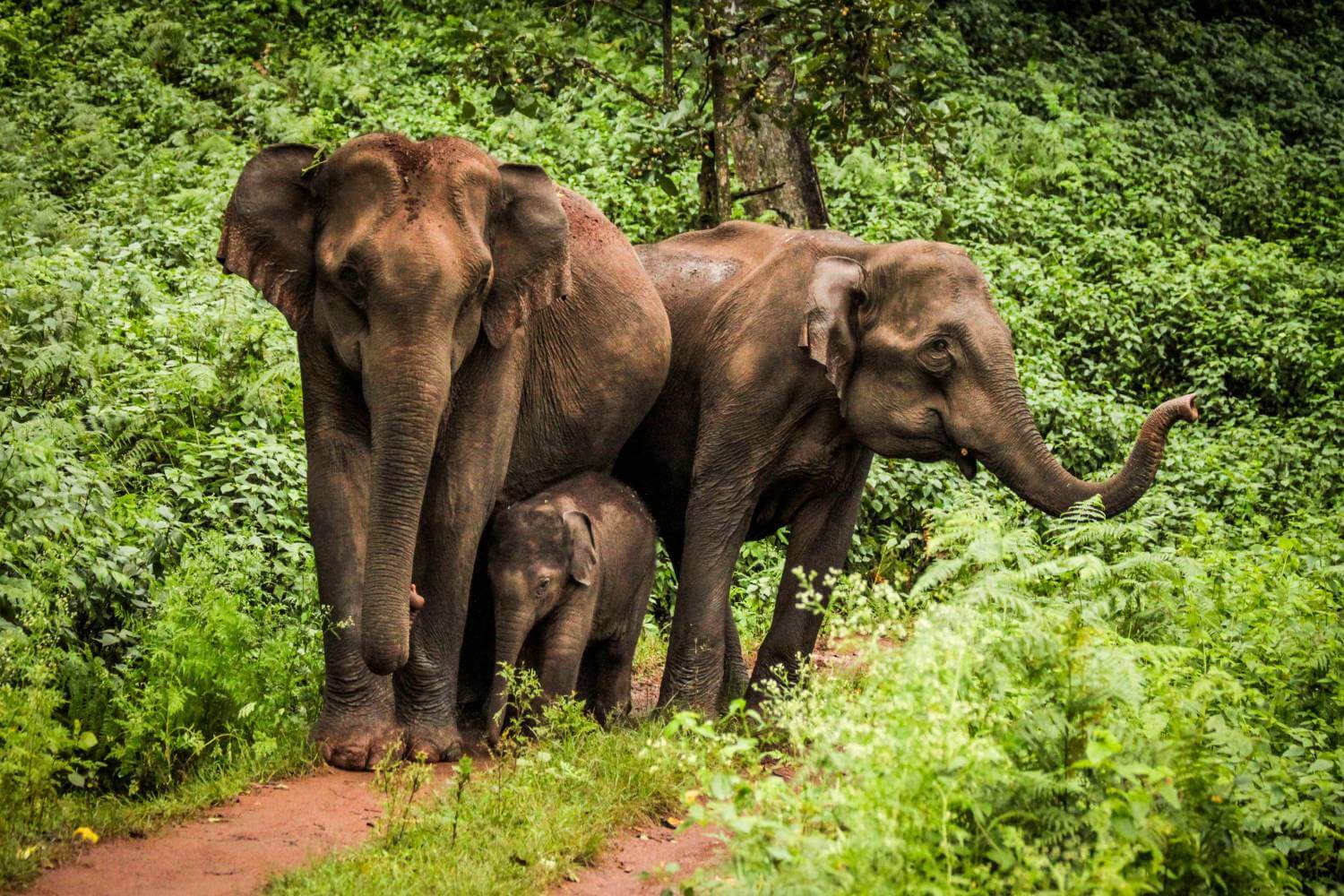Uttarakhand’s proactive wildlife conservation measures have led to a significant increase in the population of tigers, leopards, elephants, and other species. The Forest Department has implemented initiatives like habitat restoration, water management, eco-bridge construction, and deploying security forces to ensure the safety and growth of the state’s rich biodiversity.
Water Management Success at Rajaji Tiger Reserve
At Rajaji Tiger Reserve (RTR), water scarcity issues were addressed using the “Well, Water Holes, and Wildlife Model” introduced five years ago. Nine wells were constructed in the Dhaulkhand and Chilla ranges, supplying water to 35 artificial waterholes through a gravity-based system. This initiative has benefited herbivores and predators, resulting in a notable increase in their population. The success of this model has encouraged plans to extend it to the Motichur, Ravasan, and Chilla ranges of RTR, as well as Corbett Tiger Reserve.
Eco-Bridges for Safe Animal Passage
To reduce wildlife road accidents, the Forest Department has constructed eco-bridges in areas prone to animal crossings. Notable locations include the Kaladhungi-Nainital road and Fatehpur Range in Ramnagar Forest Division. Recently, a new eco-bridge was built on the Haldwani-Tanakpur road, facilitating the safe passage of monkeys, squirrels, and reptiles. These structures also raise awareness about wildlife conservation among tourists and locals.
Forest Restoration and Protection Plans
In a bid to restore degraded forests, the department has initiated an eight-year plan focused on habitat enhancement. This comprehensive project includes afforestation and sustainable management of forest resources. Principal Chief Conservator of Forests, Dhananjay Mohan, highlighted the importance of these efforts in improving forest health and sustaining wildlife populations.
Special Tiger Protection Force Reinstated
The long-pending proposal for establishing a Special Tiger Protection Force at Corbett Tiger Reserve has been revived. The recruitment process is expected to be completed soon, further strengthening tiger conservation. Additionally, over the past few years, 2,155 forest guards, 325 forest inspectors, 46 rangers, and 45 sub-divisional officers (SDOs) have been appointed to enhance forest protection.
Also Read This – Uttarakhand Avalanche: 50 Workers Rescued, 4 Dead, 5 Still Missing
Increase in Wildlife Population
Conservation efforts have resulted in significant growth in wildlife populations in Uttarakhand:
- Tigers: Increased from 178 in 2006 to 560 in 2022.
- Snow Leopards: As per the Wildlife Institute of India (WII), 124 snow leopards inhabit the state.
- Elephants: Grew from 1,507 in 2001 to 2,026 in 2020.
- Leopards: Recorded at 3,115 in 2022, a 33% rise compared to previous years.
These positive outcomes reflect the success of Uttarakhand’s conservation policies, contributing to the state’s thriving biodiversity. Future initiatives will continue to focus on sustainable management and ensuring the safety of its precious wildlife.



